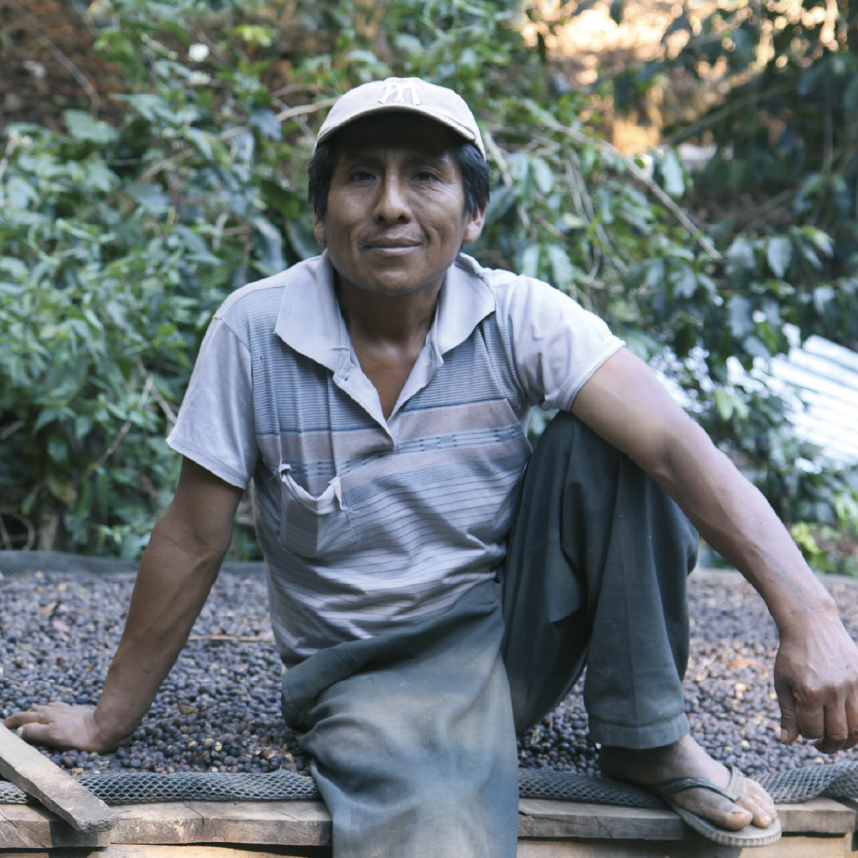
Bolivia
Population: 6.200.000
Area: 1.099.581 km2
Population density: 5,6 inhabitants / km2
Annual production : 4.800 tons
Notes: This mild and round coffee is slightly tangy with subtle notes of red fruits.
India
Population: 844.000.000
Area: 3.280.483 km2
Harvested area: 228.000 ha
Population living from coffee (directly or indirectly): 3.000.000
Annual production : 360.000 tons
Notes: The soil gives this coffee generous flavors, powerful aromas and a roundness in the mouth with little acidity.
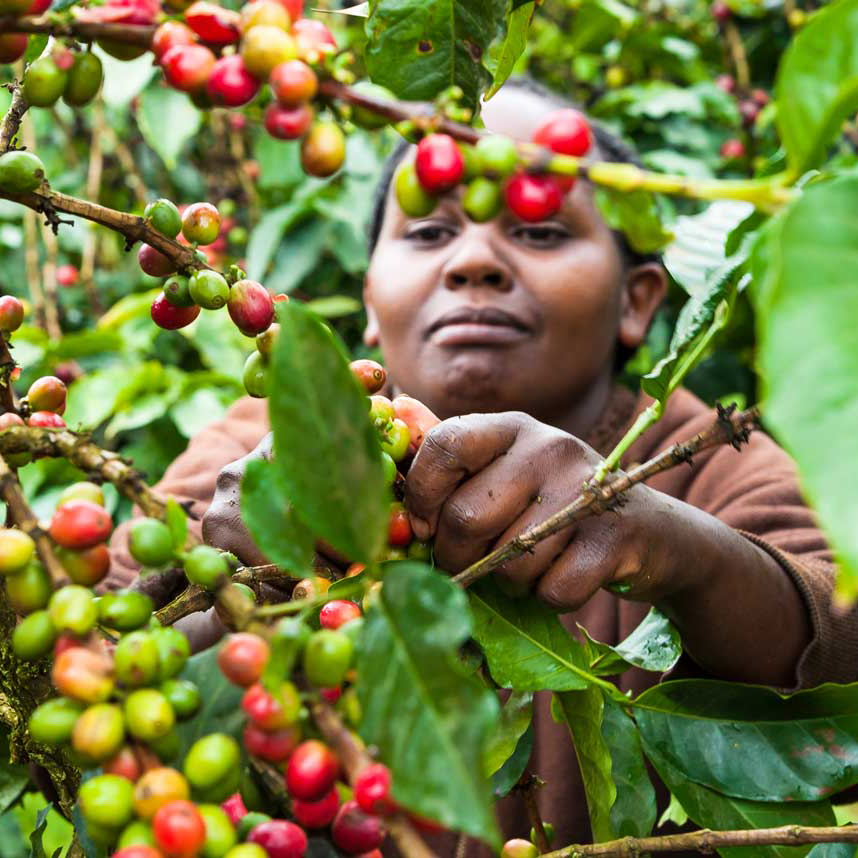
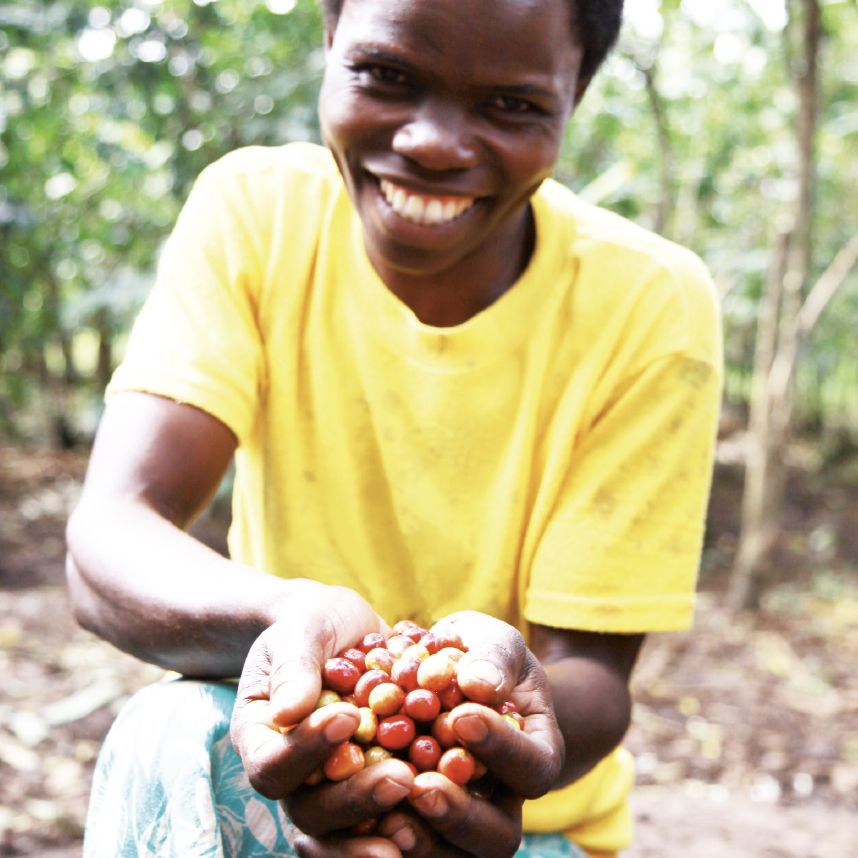
Rep. Dem. of the Congo
Population: 37,000,000
Surface area: 2,345,000 km2
Population density: 16 inhabitants/km2
Importance of coffee: 75% of exports
Average annual production: 22,500 tons
Aromatic note: The altitude and humid tropical climate, combined with the richness of the volcanic soil, give the beans a powerful body, with lively and subtle aromas. You will also appreciate its fruity and citrus notes.
Sumatra
Population: 180,000,000
Area: 2,027,000 km2
Harvested area: 690,000 ha
Cultivated area: 950,000 ha
Average annual production: 600,000 tons
Aromatic note: This is a fairly heavy coffee, with a good presence on the palate and an intense, racy nose with aromatic notes of pistachio, cedar and peanut with a full, fruity finish.
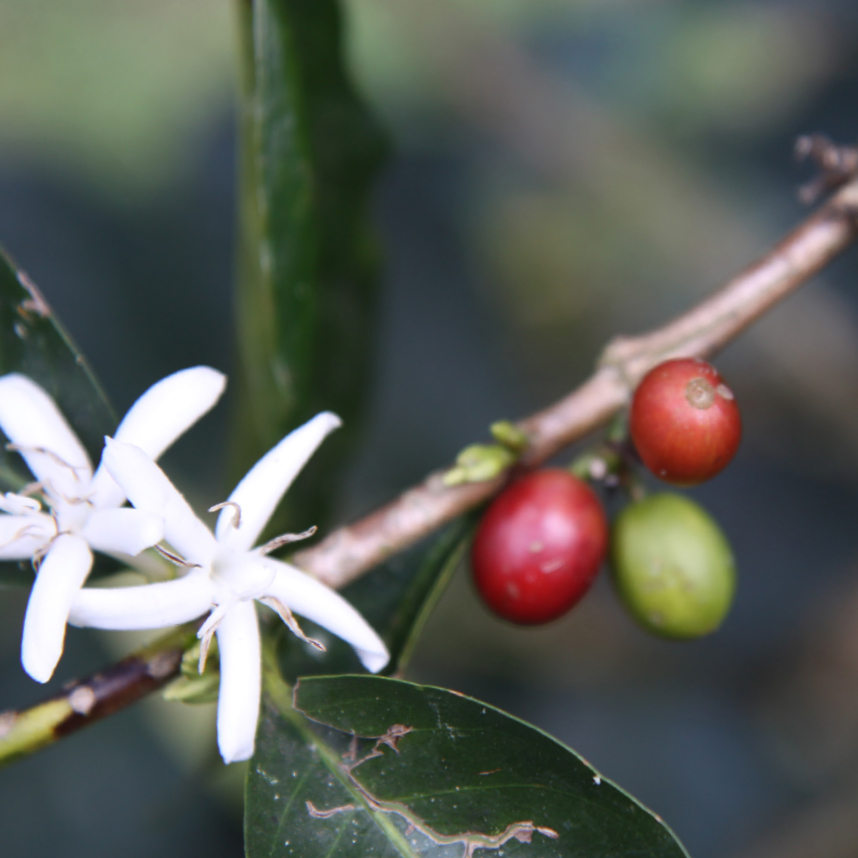
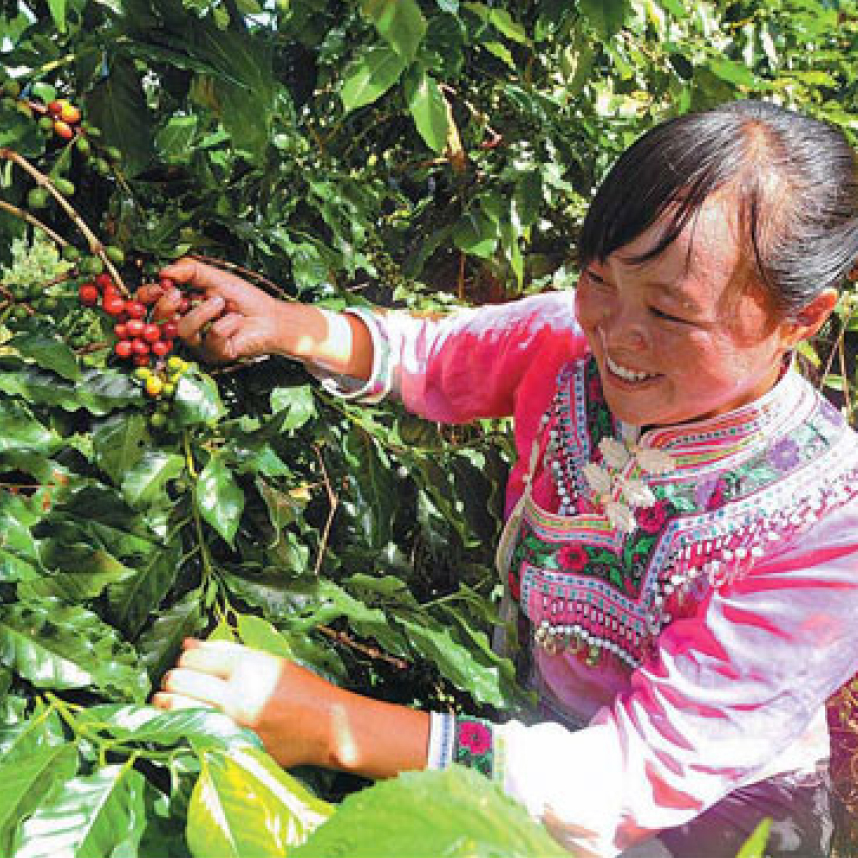
China
Population: 1,083,889,000
Area: 9,660,000 km2
Harvested area: 3,000 ha
Cultivated area: 15,000 ha
Average annual production: 116,820 tons
Notes: A strongly flavoured and slightly spicy coffee, ideal for drinking throughout the day.
Colombia
Population: 31,000,000
Surface area: 1,141,748 km2
Population density: 27 inhabitants/km2
Total coffee production in 2016: 870,000 tonnes
Notes on aroma: The character of an arabica is related to the soil, the climate, and especially the altitude. The coffee matures slowly here, thus revealing the complexity of its aromas and a delicate acidity.
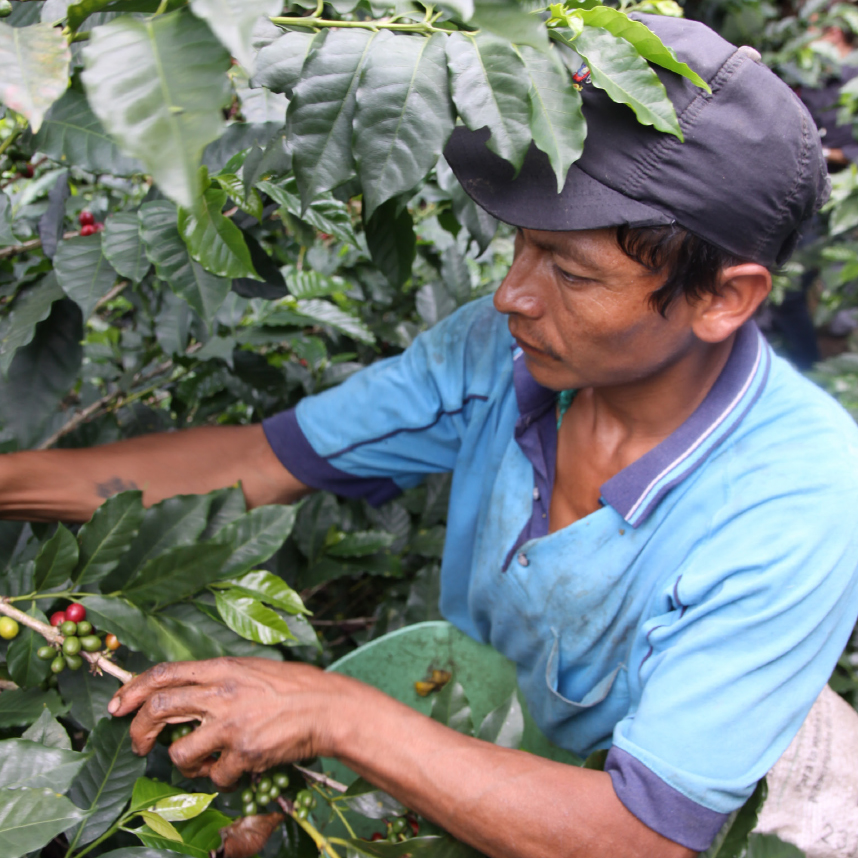

Mexico
Type: Arabica
Processing: Washed
Classification: HB GR1
Region: Chiapas
Notes: Rich and complex, it has very fruity notes and an exquisite fragrance. As a Fairtrade coffee, it is the perfect blend of flavour and solidarity.
Peru
Population: 30,970,000
Area: 1,285,216 km2
Population living from coffee (directly or indirectly): 60,000
Coffee produced in 2016: 253,260 tons
Notes: The climatic and topographical diversity gives an intense and unique aroma, with a background of Amazonia, mixing the scents of spices and roasted cereals.
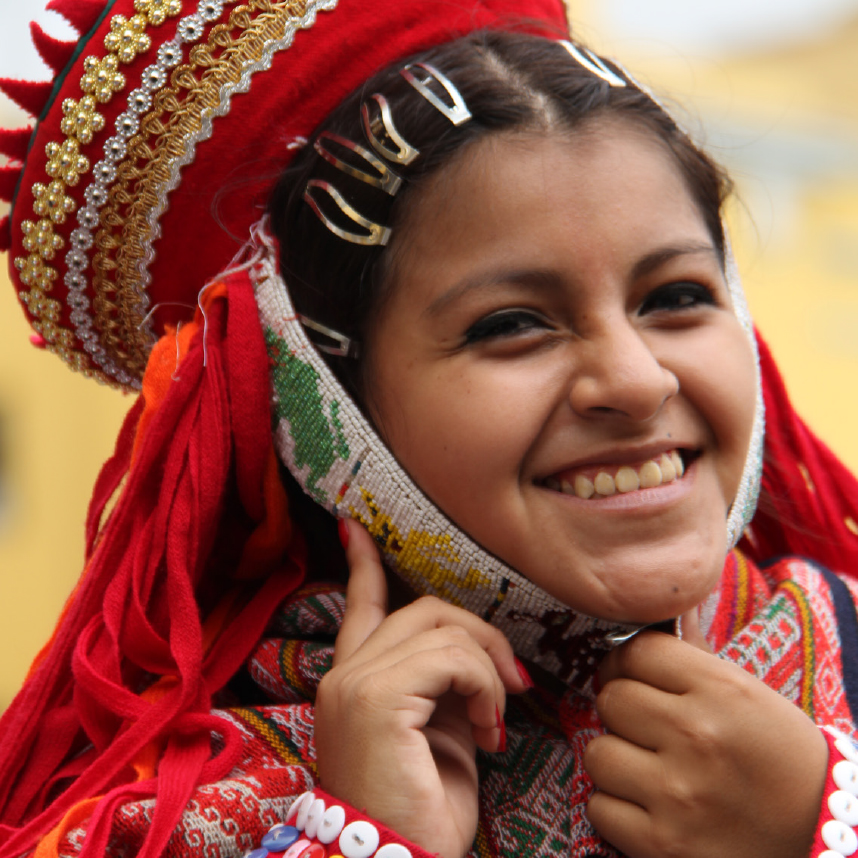

Honduras
Population: 9,588,000
Surface area: 112,492 km²
Population density: 86.6 inhabitants/km2
Annual production: 331,200 tonnes
Notes on aroma: Medium-bodied, with a nice level of acidity. Some of the most distinctive aromatic profiles come from Honduras.
Ethiopia
Population: 108,386,391
Surface area: 1,127,000 km²
Area under coffee cultivation: 400,000 ha
Population making a living (directly or indirectly) from coffee: more than 15,000,000 workers
Annual production: 397,500 tonnes
Notes on aroma: mild and silky, Ethiopian coffees give off rich aromas and a smooth, fragrant, slightly bitter taste.


Brazil
Population: 209,500,000
Surface area: 8,516,000 km²
Area under cultivation: 27,000 km2
Population making a living (directly or indirectly) from coffee: More than 300,000 coffee bushes
Annual production: 60 million 60-kg sacks, or more than 35% of global production
Notes on aroma: Brazilian coffees are known for their very low acidity, their mildness, and their nutty notes. This is why they are found in many blends.
Vietnam
Population: 95,540,000
Surface area: 331,212 km²
Area under coffee cultivation: 33% of the country, or 100,000 km2
Population living (directly or indirectly) from coffee production: 2,600,000
Annual production: 1,800,000 tonnes
Notes on aroma: Vietnamese coffees pack a punch with their high caffeine content: to be enjoyed in the morning for a caffeine-powered day!
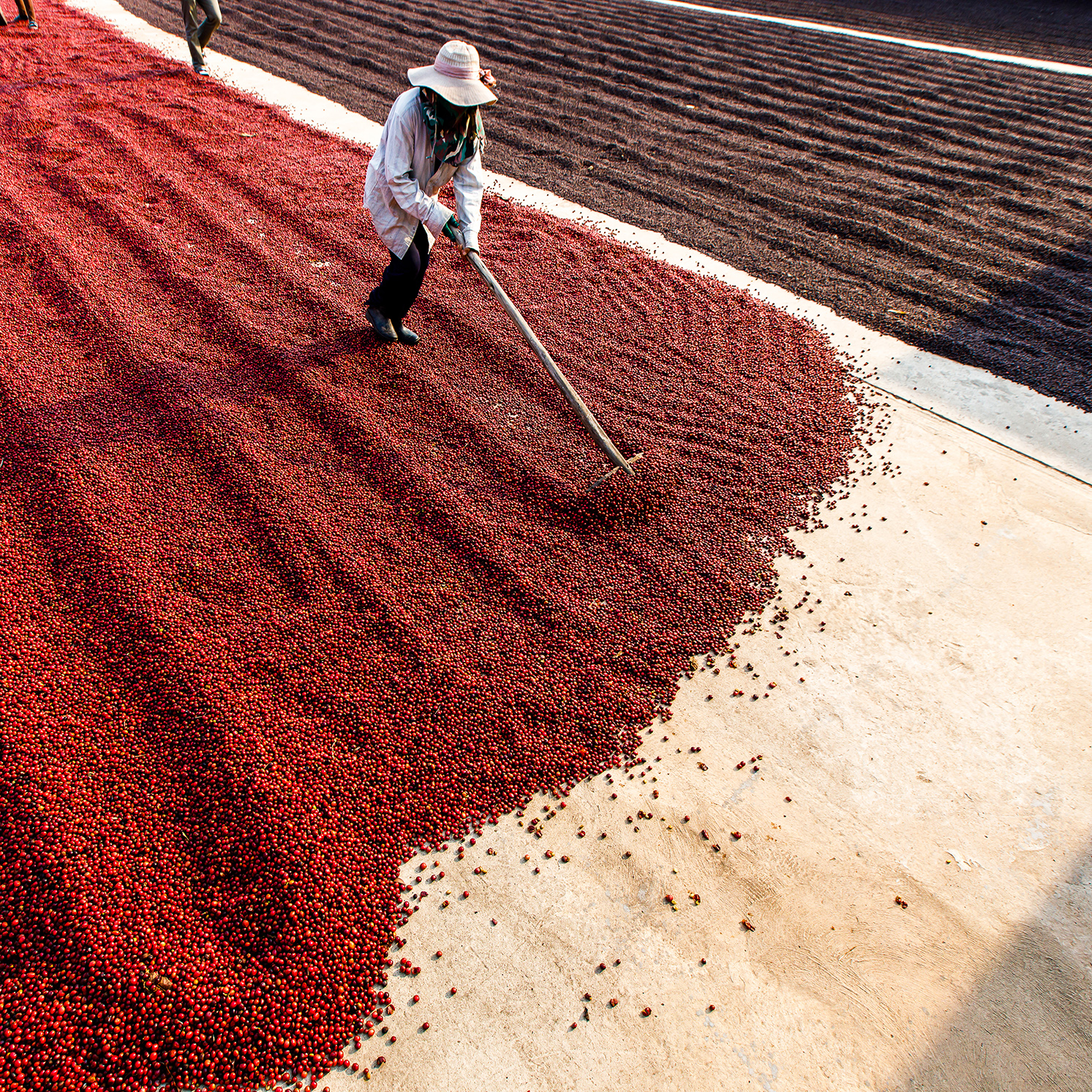
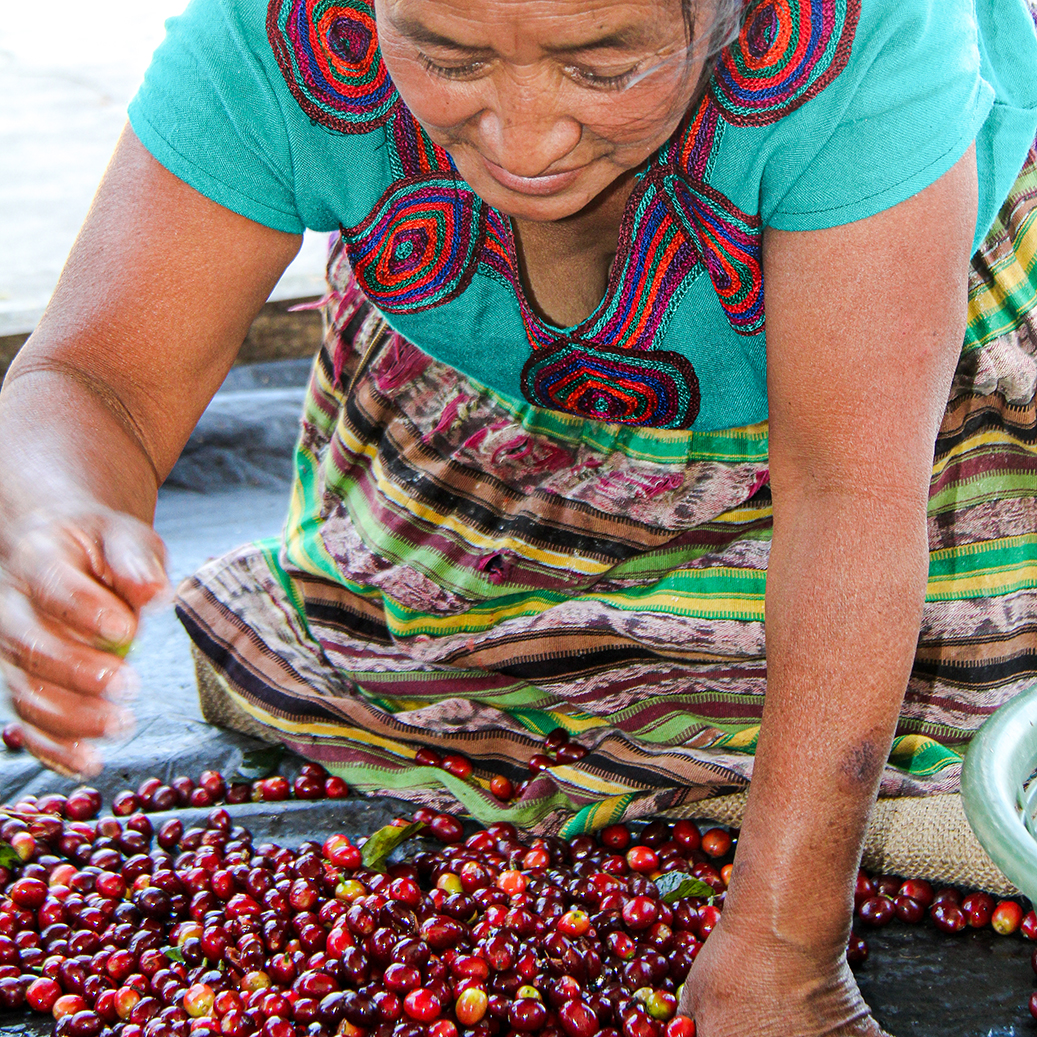
Guatemala
Population: 17,153,288
Surface area: 108,890 km2
Area under coffee cultivation: 270,000 ha
Population making a living (directly or indirectly) from coffee production: about 125,000 families of producers
Annual production: 219,000 tonnes
Aroma: Guatemalan coffees offer very different aroma profiles, depending on what terroir they come from: they can be mild, or more full-bodied, with a range of notes from chocolate to floral, or with a certain level of acidity.